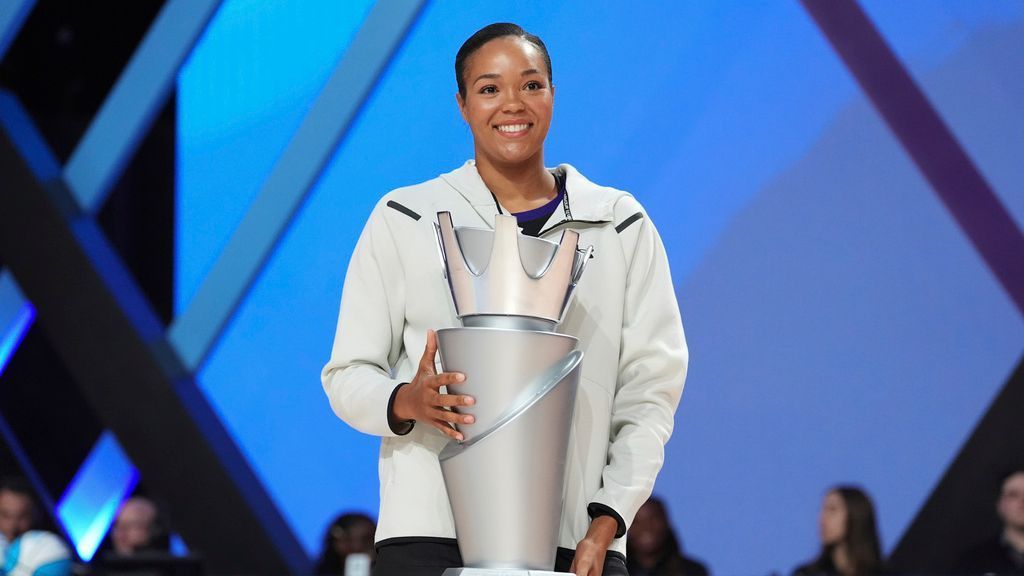With the pleasant monsoon, a brain-eating amoeba, Naegleria fowleri, also exists that breeds in warm, stagnant freshwater. Learn how to protect yourself and your family from this rare and deadly infection.

Every year, as the monsoon rains sweep across India, they leave behind flooded streets and fast-moving, swollen rivers. The warm, stagnant water in poorly maintained swimming pools and inadequately chlorinated water tanks creates an ideal breeding ground for Naegleria fowleri, commonly known as the brain-eating amoeba. This microscopic organism can cause a rare but often fatal infection called primary amoebic meningoencephalitis (PAM).
While PAM cases are rare, they are not unheard of and when they do occur, they are alarmingly deadly. The infection has a fatality rate of over 95%, making it one of the most lethal waterborne diseases. It is a condition that most doctors rarely encounter, yet its outcome is almost always tragic.
With the onset of July 2025, rainfall has already begun in several states, prompting doctors to issue urgent warnings. They are advising the public to exercise extreme caution when exposed to warm, stagnant freshwater sources, especially during and after heavy rains.
What is Brain-Eating Amoeba (Naegleria fowleri)?
Naegleria fowleri is a free-living, microscopic amoeba that lives in warm freshwater environments such as lakes, ponds, slow-moving rivers, hot springs, some water storage tanks, and poorly managed chlorinated bathrooms. This exhibits in three different forms:
1. Cyst a dormant stage that is resistant to cold
2. Trophozite an Active, stage feeding itself and infectious
3. Flagellate a mobile life form that amoebas move around in search of a new environment.
It becomes infectious when this contaminated water enters the nose while performing nasal rinses, or when swimming or taking a bath, and also during a cleansing session for some religious/cultural practices. The amoeba enters the olfactory nerve, which breaks the cribriform plate and begins to destroy the brain tissue. The initial symptom showcases those of bacterial meningitis, including fever, headache, and stiff neck, but can develop at a faster pace and lead to more serious symptoms of seizures, hallucinations and even coma.
Why You Should Stay Vigilant This Monsoon
- Rising Water Temperatures are the Ideal Breeding Environment for The Brain-Eating Amoeba
According to the information from the Indian Meteorological Department (IMD), the average temperature of water in the ponds and reservoirs across the Gangetic belt in July remains between 32-34 degrees Celsius, which is the best breeding ground for Naegleria fowleri.
- Dirty Storage Tanks Are a Potential Health Hazard
Urban households often have a dependency on the rooftop water tanks and underground sumps, which can go months, and even years, without being cleaned. The National Centre for Disease Control (NCDC) surveyed in 2024, which revealed that in Delhi and Jaipur, 42% of household tanks had chlorination levels below the safe limit of 0.5 mg/L mentioned by the WHO. Making these tanks and sumps the hotbeds for dangerous microbes like the brain-eating amoeba.
How to Prevent Naegleria Fowleri Exposure This Monsoon
Here are some steps that individuals must follow to ensure safety in the rainy season:
1. Don’t Force Water Up the Nose
Avoid practices such as diving, swimming or putting your head in warm or still freshwater. If you prevent water from entering the nose, there are fewer chances of it entering your olfactory nerve and damaging the brain.
2. Be Cautious with Young Children
While giving a bath to young babies or children, pay attention to their nostrils that ensure no water splashes up on them above the neck region, so pour gently.
3. Use Safe Water Only for Nasal Irrigation
If you practice jal neti (nose rinsing techniques), using a neti pot, use boiled or cooled water, RO water, or distilled water. Boiling water helps to kill the dangerous organisms and prevents amoebic growth.
4. Clean Your Tanks and Pools Regularly
Clean and disinfect the rooftop water tanks and underground sewage sumps every three months. The free chlorine level must be a minimum of 0.5mg/L (ppm). Housing societies with swimming pools should also test their pool water weekly in the time of July to September.
Though the infection by Naegleria fowleri is rare, but can have serious health hazards, which can even lead to fatality. Wet, humid conditions of the Indian Monsoon create an ideal environment for this brain-eating amoeba to breed. It is a negligible infection that is dangerous for immune health, and it is so horrible. Awareness and prevention techniques like not forcing the water to enter the nose or using distilled water for nose rinsing are the most powerful steps to help in safeguarding life, especially during the monsoon.
Subscribe to Our Newsletter Today!













Leave a Reply